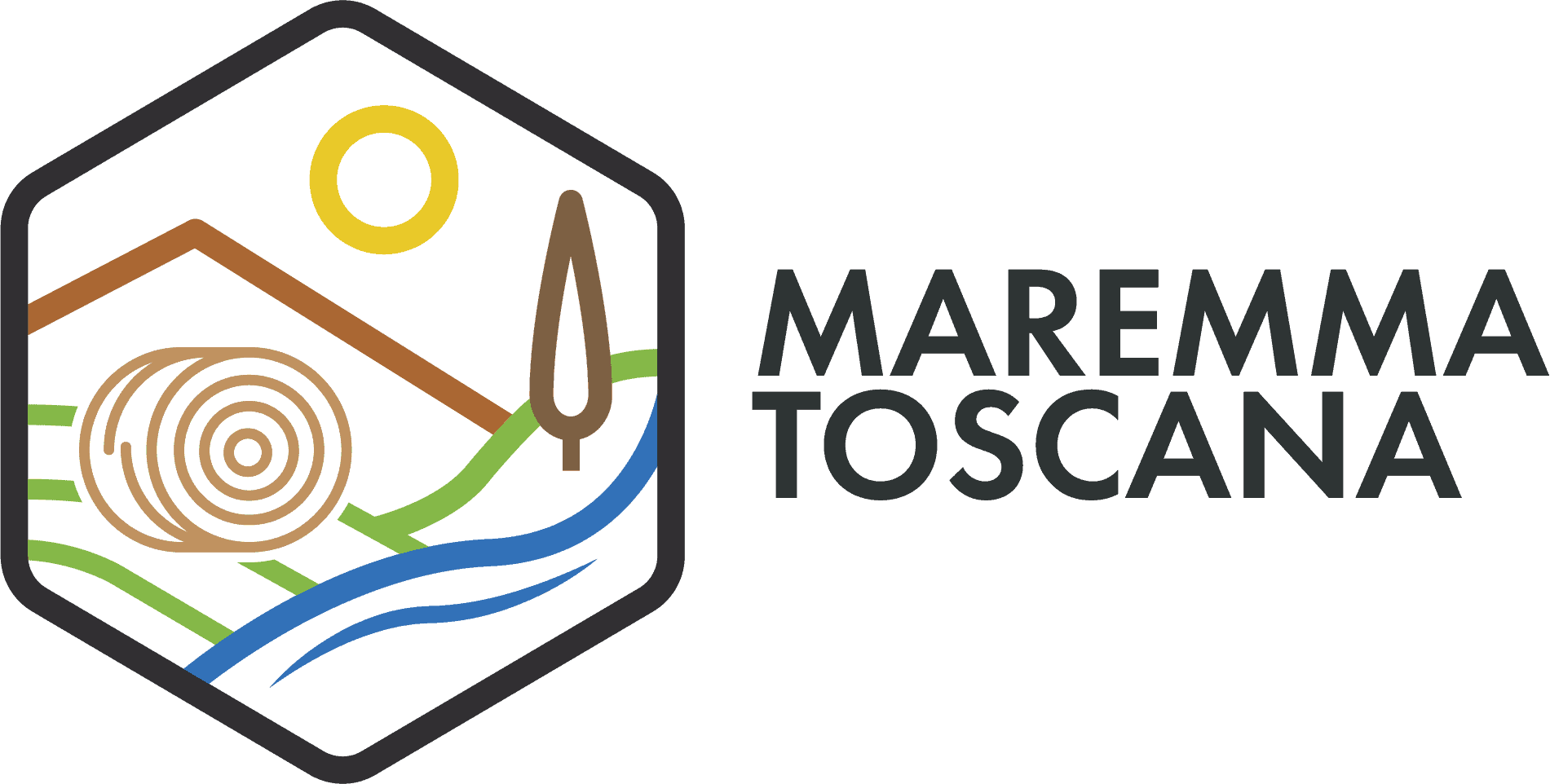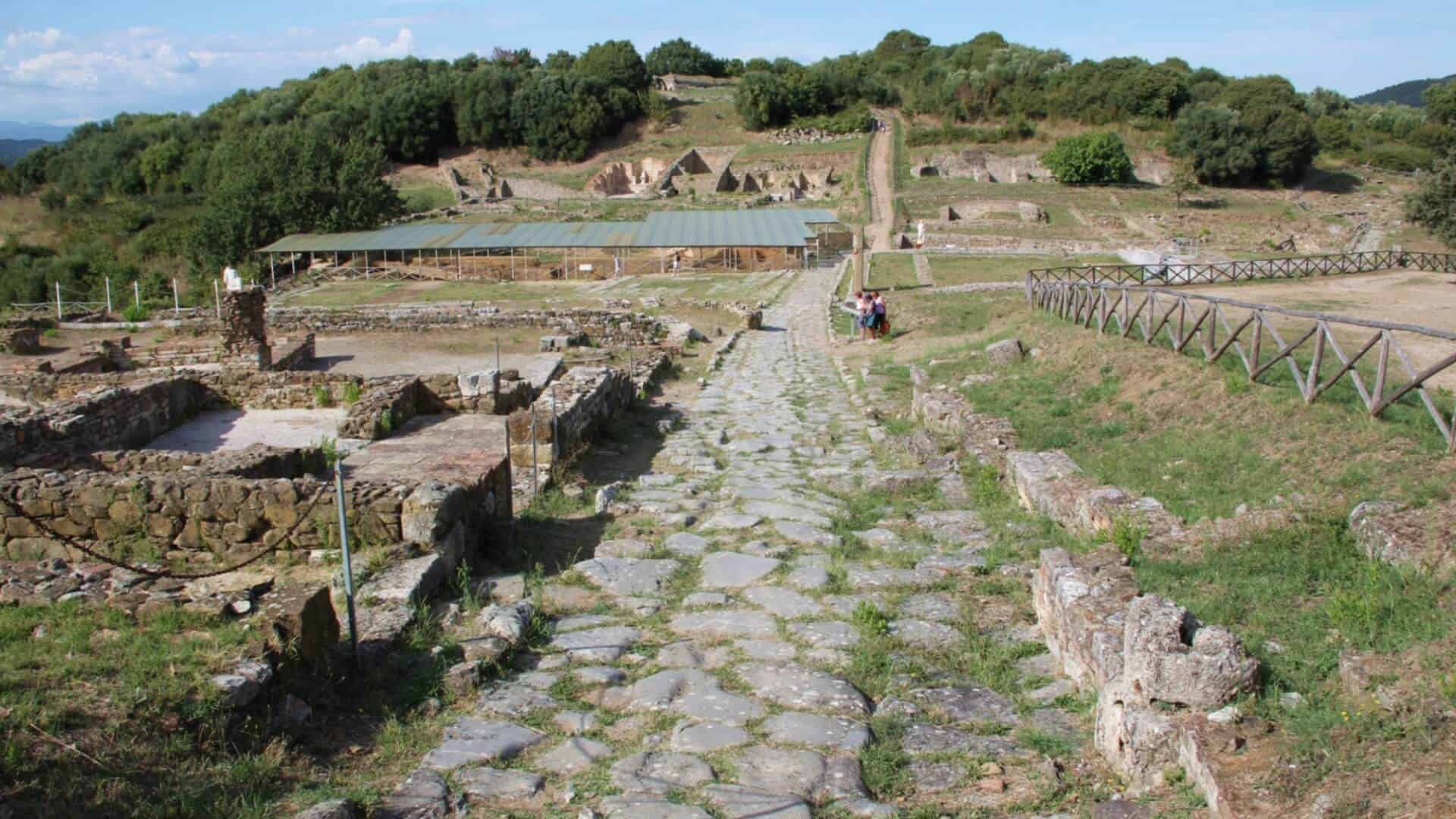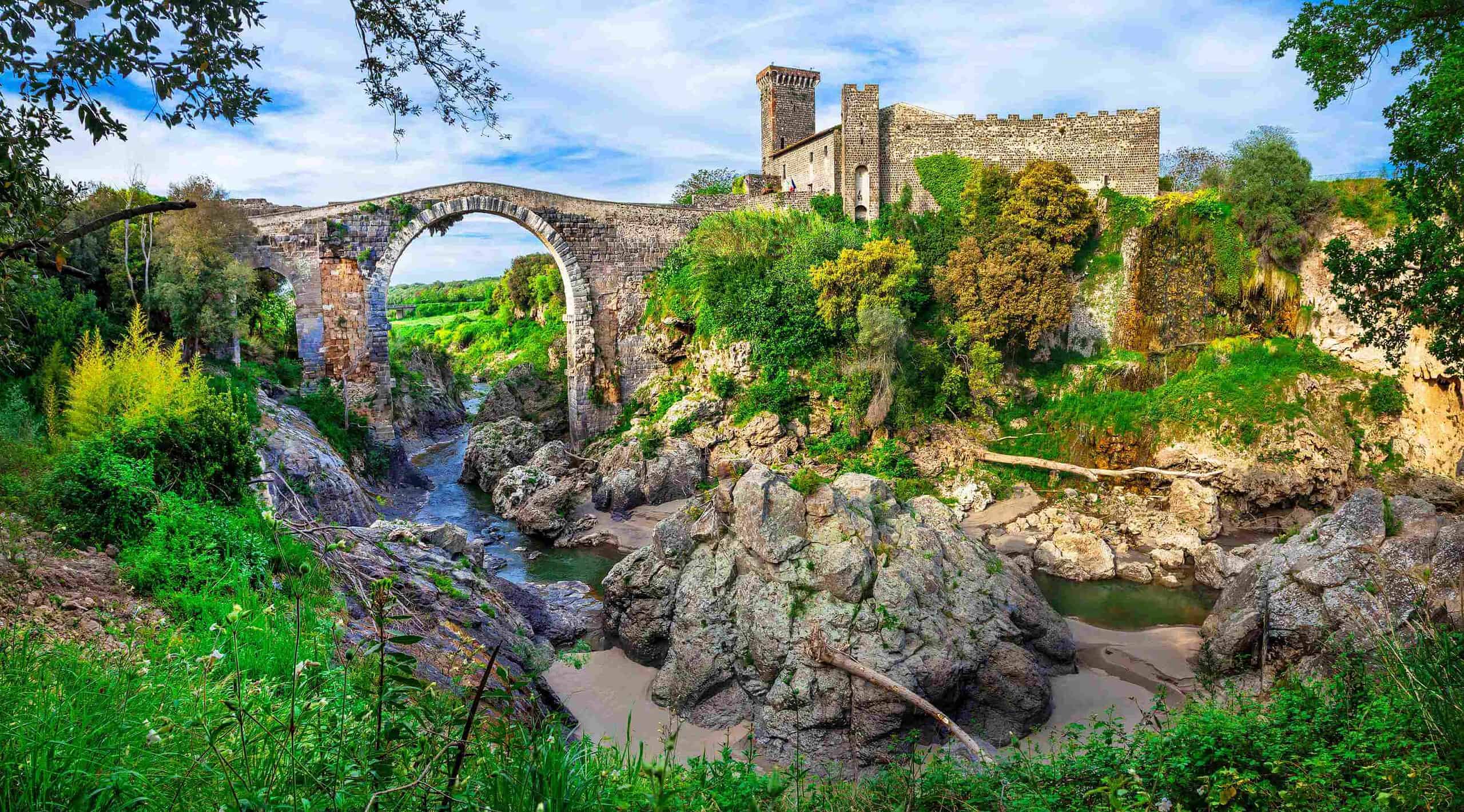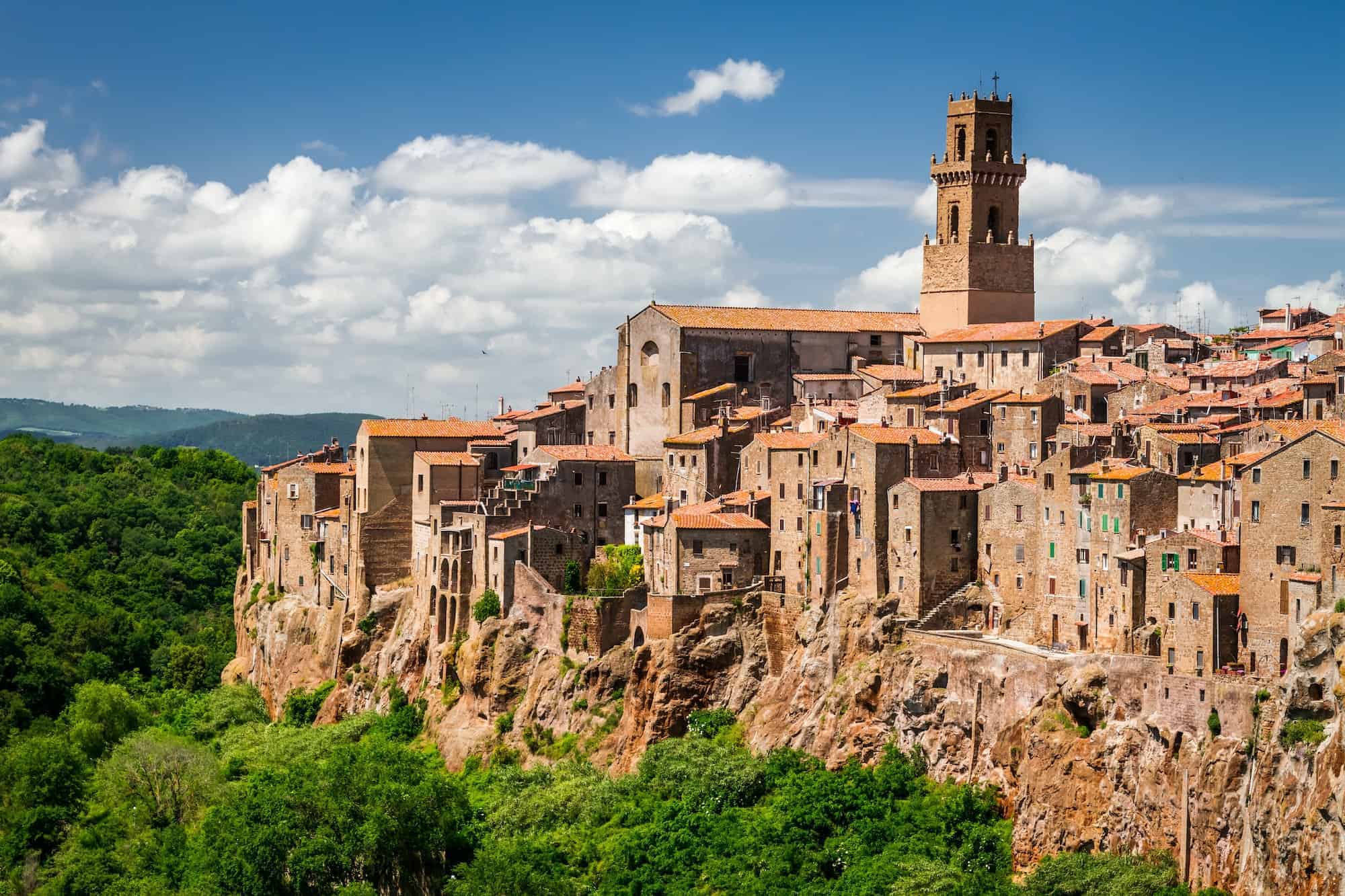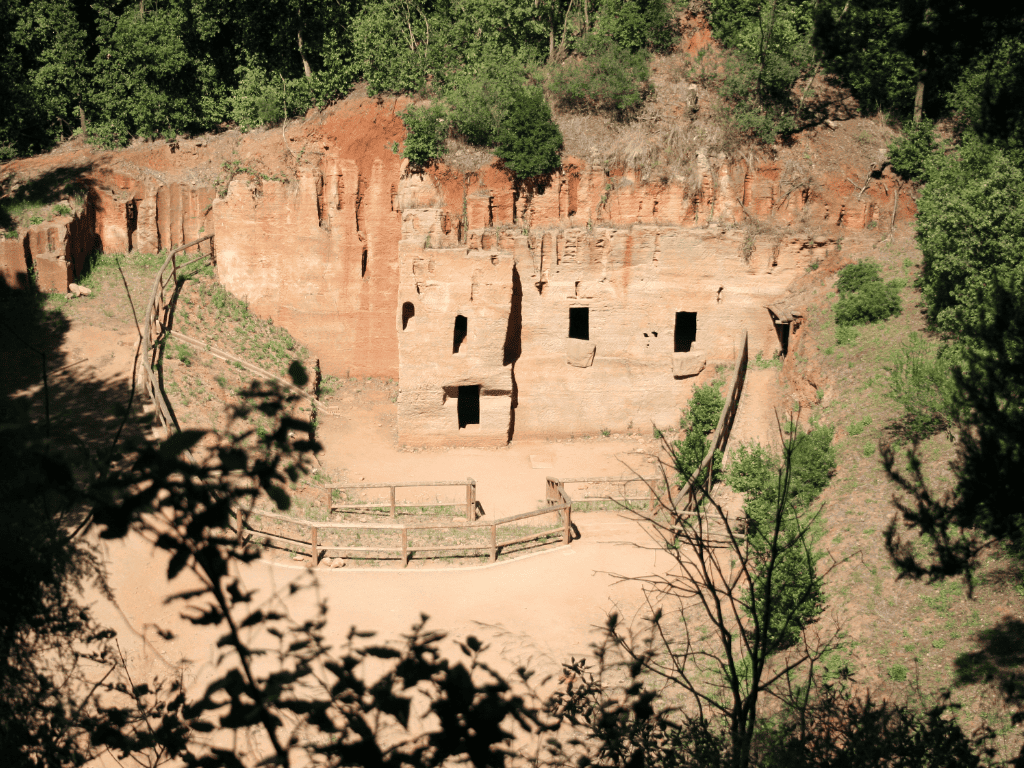NUMEROUS ARCHAEOLOGICAL TREASURES HAVE BEEN BROUGHT TO LIGHT IN MAREMMA, DISCOVERED FROM THE MAJOR ETRUSCAN AND LATER ROMAN CENTRES, SUCH AS POPULONIA, ROSELLE AND VETULONIA.
They preferred Maremma – the land that is most commonly associated with the Province of Grosseto today – already the first humanoid beings who inhabited the wooded and hilly areas that extend from Massa Marittima to Baccinello. The residents defined it as Montebamboli, and this term that has come down to us from the depths of the centuries tells of the existence of Oreopithecus Bambolii, whose fossilized bones have been preserved for 12 million years in a layer of spruce lignite, dating back to the middle and upper Miocene. It was inhabited by people from the Paleolithic and Neolithic periods, leaving fascinating traces of tools, food remnants, caves, and tombs. Then, over the millennia, the Bronze Age, the Iron Age, the Italic civilizations, the Etruscans, and finally the Romans. The Archaeological and Art Museum of Maremma in Grosseto (inaugurated in 1999), the antiquarian collections in Massa Marittima, Vetulonia, and Orbetello, house eloquent moments of the archaeological history of the Tuscan Maremma.
The imprint that these civilizations, primarily that of EtruscanThey gave to the Maremma – favored by its geographical location and the fertility of its lands rich in minerals and forests – is still alive in the numerous necropolises, in front of the mighty polygonal walls, and in the toponyms of evident Etruscan derivation. The lycies of Populonia, Roselle, and Vetulonia, as well as the centers of Massa Marittima, Sovana, Statonia, Orbetello, Ghiaccio Forte, and Heba, undoubtedly demonstrate the wealth achieved in this southern Etruria by the Etruscan civilization. Not to be missed is a visit to the Archaeological Park of Baratti and Populonia, a true testament to the splendor of the Etruscan people.
There is the Maremma by the sea, with its beautiful Tyrrhenian coast, the marvelous islands of Tuscan Archipelago National Park and the Silver Coast, with the Monte Argentario promontory, which has attracted great seafaring peoples from ancient times, such as the Phoenicians, Etruscans, Romans, and Spaniards, and the mountainous region, with the massif of Mount Amiata, formed by volcanic eruptions that began three hundred thousand years ago. But above all, there exists another Maremma, the more intimate, deep, and quiet one, which leaves a lasting impression on those who travel through it without much haste, observing with respect this land rich in environmental and historical values. It is an extraordinary testimony to the ancient, sometimes challenging but always fascinating relationship between humans and nature.
Resources on the Archaeology of Maremma
- Archaeological and Art Museum of Maremma – Located in the historic center of Grosseto, at Piazza A. Baccarini No. 3, the museum presents numerous archaeological findings from the Tuscan Maremma on three floors (divided into forty rooms).
- Archaeological Park of Baratti and Populonia – History, what to see, services, opening hours and fees, photo gallery, how to get to the park.
